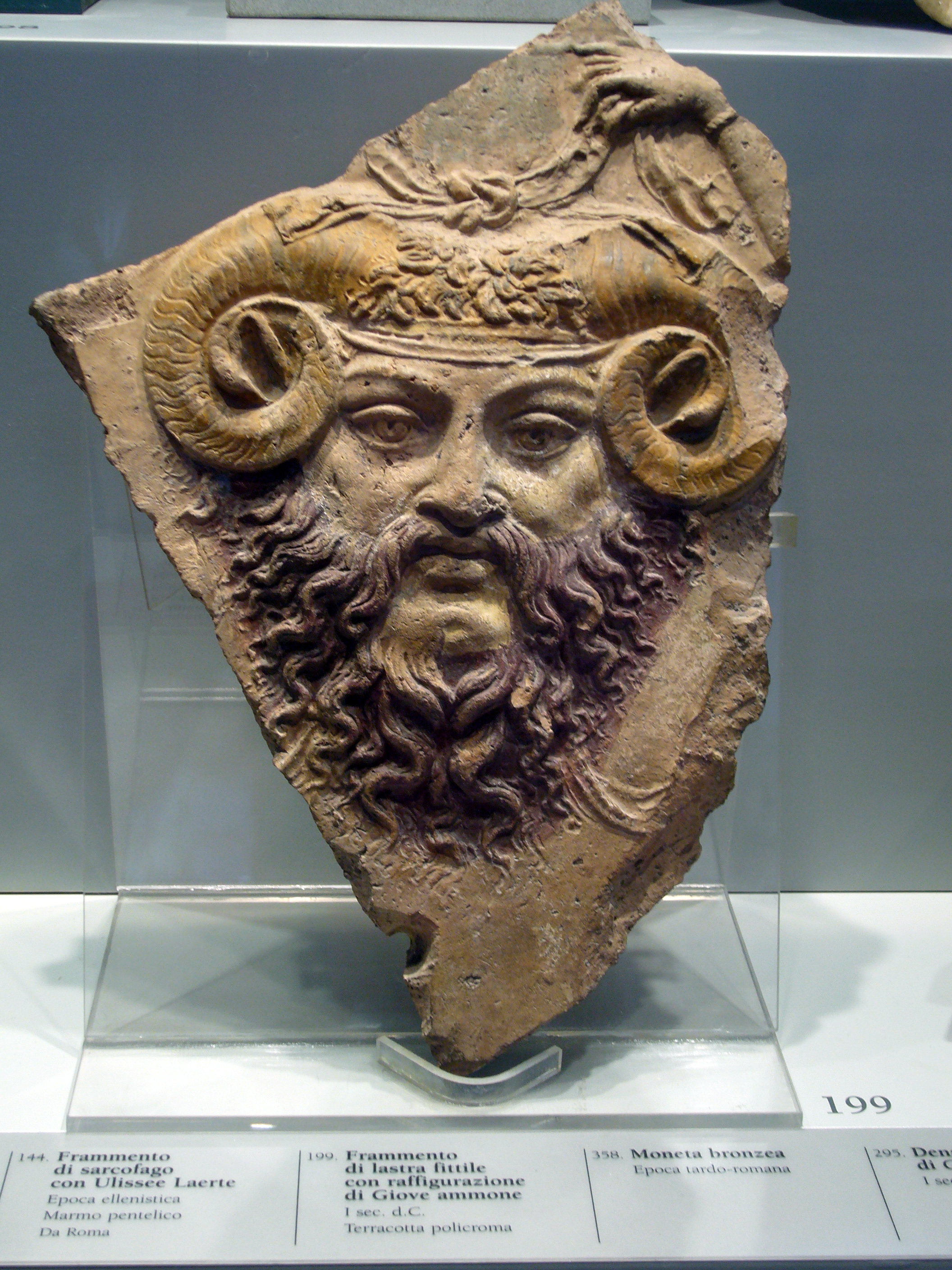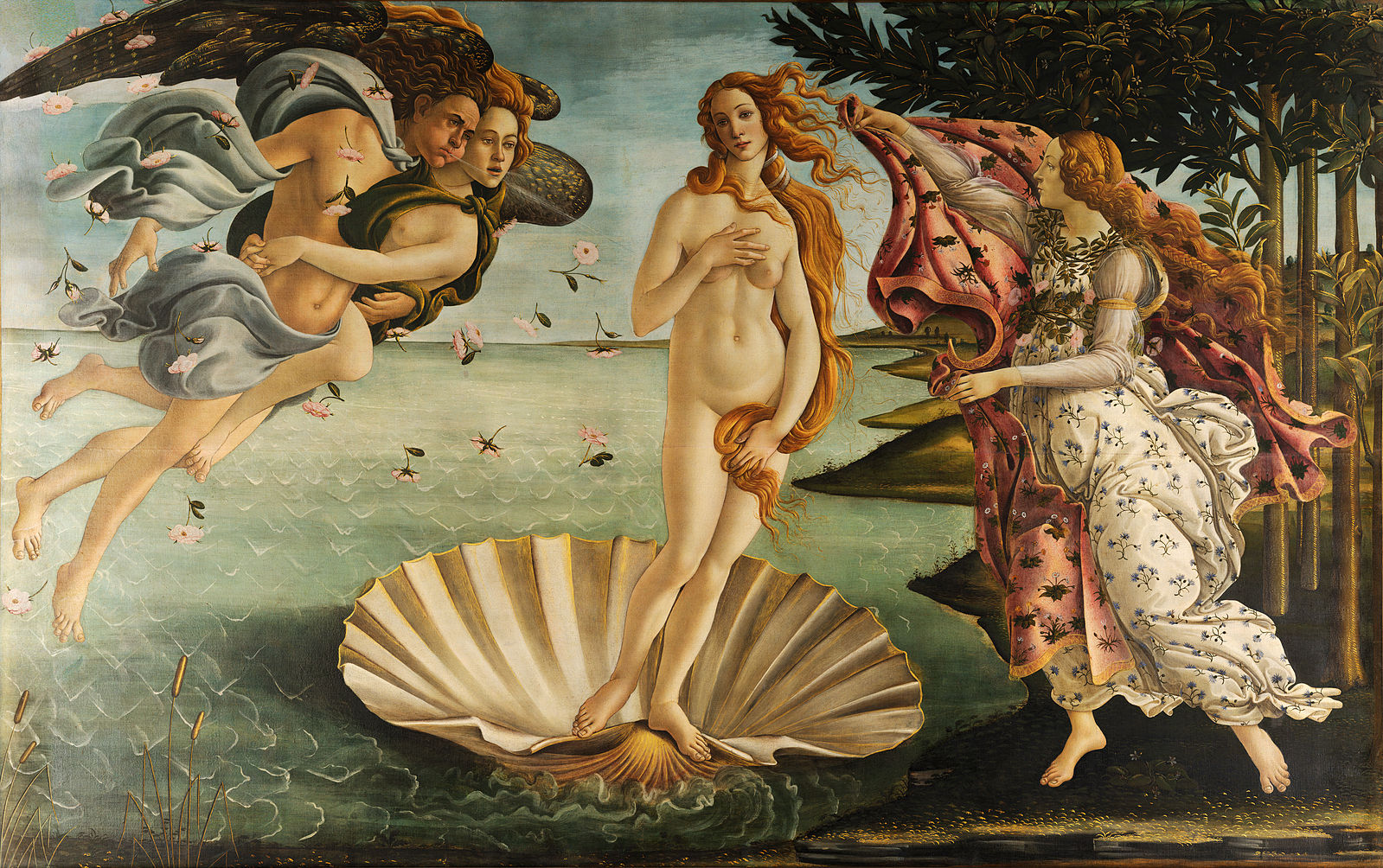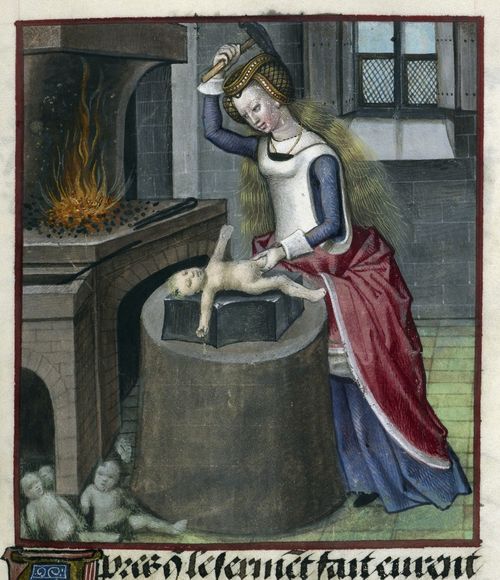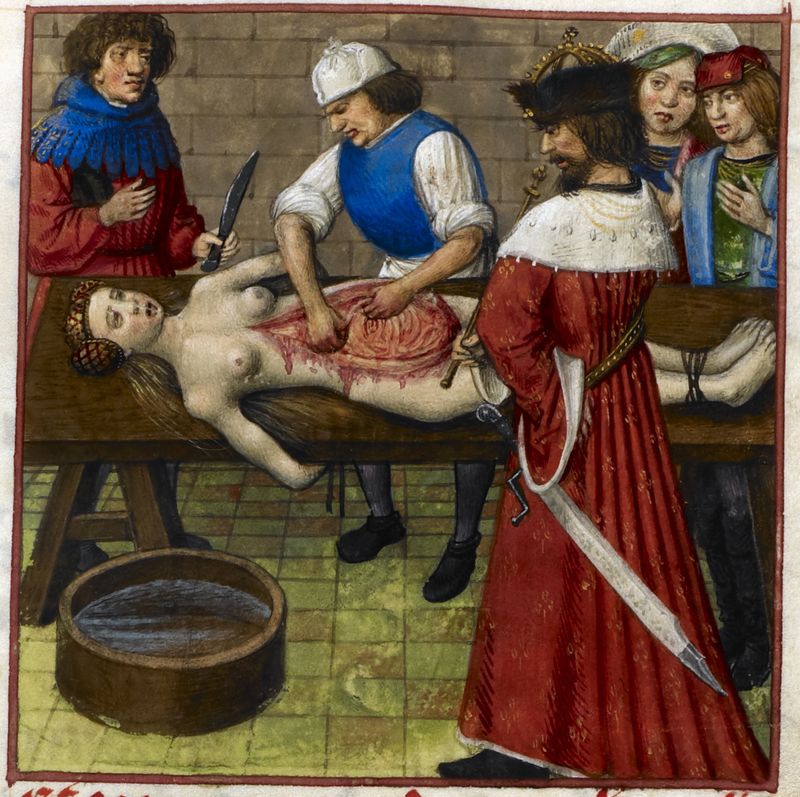Greek and Latin in Scientific Terminology, Lecture 5
Andrew Dunning
9 October 2014
Last Time
Greek suffixes
- Diminutive suffixes make things smaller (sometimes used metaphorically): discussed by Dirckx (1999).
- Verb-forming suffixes (you only need to learn two) make a root into a word used to describe an action, state, or occurrence.
Greek plurals
- There are many ways of making a word plural other than adding an s, but fortunately there are only a few set patterns to recall.
Ancient Interpretations of Plagues
- Ancient authors had a tendency to base their descriptions one another, so one needs to be aware of the historical context when reading these rather than taking their statements at face value.
- Various examples provided by by Dirckx (2000a; 2000b).
Practice Test
I. Historical Questions
- Which of the following is the singular form of the word phenomena?
- phenomene
- phenomenon
- phenomena
- phenomenia
- phenomenona
- Which of the following languages are not an immediate source of English anatomical terminology, according to Turmezei (2012)?
- Latin and Greek
- Arabic
- Hittite
- Middle Dutch
- Old English
- What is a suffix?
- a stem adjoined to a root in order to produce a mitochondrion
- a morpheme added at the end of a word to form a derivative
- an element placed at the beginning of a word to adjust or qualify its meaning
II. Dissect
Analyse the following words and give the meanings of the elements. E.g. dissection: dis/sect/ion = apart from / cut / action suffix.
anaesthetize
- an/aesthet/ize, not/feeling/to do = 3 marks
parabolic
- para/bol/ic, by the side of/a throw/pertaining to, like = 3 marks
allochiria
- allo/chir/ia, other or different/hand/quality or condition = 3 marks
protagonist
- prot/agon/ist, first/contest/agent = 3 marks
epidermoid
- epi/derm/oid, upon or on/skin/in the shape of = 3 marks
dichromatism
- di/chromat/ism, twice/colour/result of action, condition = 3 marks
III. Match
Indicate the correct definition of the following words and provide their Greek and Latin roots.
laparoscopy
- a surgical incision into the abdominal cavity, for diagnosis or in preparation for major surgery
- a low caesarian section
- a surgical procedure in which a fibre-optic instrument is inserted through the abdominal wall to view the organs in the abdomen
- Derivation
- laparo/scopy, abdomen/to view (3 marks)
hydrotropism
- absence of the sense of smell
- response to stimulus of water
- inflammation of the urinary bladder
- Derivation
- hydro/trop/ism, water/turn/condition of (4 marks)
malacology
- the branch of zoology that deals with molluscs
- the branch of zoology that deals with the malacca
- the branch of biology that deals with the relations of malachites to their surroundings
- Derivation
- malaco/logy, soft/science of (3 marks)
IV. Define
Provide the definition of the following Greek stems (worth 1 point each).
1. ENNE(A)-
- ‘nine’
2. PTO-
- ‘to fall’
3. -idium
- ‘little’
4. ISCH-
- ‘to suppress’
5. LIP-
- ‘fat’
6. THANAT-
- ‘death’
Anatomical Terminology
Overviews
- Sakai (2007), a summary of development from ancient times to the present day
- Kachlík et al. (2008): discussion of modern attempts to standardize nomenclature.
- Dirckx (2006): summary of premodern influences. (assigned later in the term)
Stages of Development (Sakai)
- Classical and medieval discussions of anatomy.
- Vesalius (16th century).
- Later 16th century: development of more specific anatomical terms (Sylvius in Paris and Bauhin in Basel).
- 17th century, gradually improved Latin anatomical textbooks; in modern languages in 18th and 19th centuries. Different names used for the same thing by many authors.
- End of the 19th century: Nomina anatomica, the first internationally recognized code of anatomical terminology. Revised on many occasions: today’s equivalent is the Terminologia anatomica.
Terminologia Anatomica
- The standard reference work for anatomical terminology, in Latin and English.
- Completed in 1998 by the Federative Committee on Anatomical Terminology.
- Some naturally feel that it is incomplete, as for example argued by Matusz (2010); Gest, Burkel, and Cortright (2009).
- Not always followed consistently, especially in North America: see Martin et al. (2014).
Reading Practice
μακρός
- makros (long)
- macrobiotic, macroeconomics
θέσις
- thesis (placing, a proposition)
χάος
- khaos (vast chasm, void)
- chaos, chaotic, gas (with Dutch g representing Greek kh)
τρόπαιον
- tropaion (monument of an enemy’s defeat)
- trophy
ἄλφα
- alpha
ἀνάλογος
- analogos (proportionate)
ἀναλφάβητος
- analphabētos (uneducated)
Ἄτλας
- Atlas
ἐνέργεια
- energeia (energy)
κρυπτός
- kruptos (hidden)
ἐλαστικός
- elastikos (elastic)
ἀναχρονισμός
- anakhronismos (wrong time reference)
- anachronism
μαθηματικός
- mathēmatikos (fond of learning)
- mathematical, polymath
ἄνθρωπος
- anthrōpos (human being)
ἄνθραξ
- anthrax
στροφή
- strophē (turning)
- catastrophe (from cata-, ‘down’)
Unusual Usage
Terms from Classical Mythology
- Scientists in the past were often historians, theologians, or literary scholars as well as students of the natural scientists, so naturally they have things names after things they recognized.
- For more, see Karenberg (2012–13).
ammonia
- In mythology
- Ἄμμων: Amun was a supreme god of the ancient Egyptians, identified with the sun god Ra, and in Greek and Roman times with Zeus and Jupiter (under the name Ammon).
- In science
- a colourless gas with a characteristic pungent smell, which dissolves in water to give a strongly alkaline solution
- Why? The OED suggests: ‘The corruption to armoniac found in medieval Latin, French, and English, was perhaps due to an association with the Greek ἁρμονία fastening or joining, from the use of gum ammoniac as a cement, or of sal ammoniac in the joining of metals.’

hermaphrodite
- In mythology
- Hermaphroditus was a son of Hermes and Aphrodite, with whom the nymph Salmacis fell in love and prayed to be forever united.
- As a result Hermaphroditus and Salmacis became joined in a single body which retained characteristics of both sexes.
- In science
- a person or animal having both male and female sex organs or other sexual
narcissism
- In mythology
- Narcissus was a beautiful youth who rejected the nymph Echo and fell in love with his own reflection in a pool. He pined away and was changed into the flower that bears his name.
- In science
- excessive interest in or admiration of oneself and one’s physical appearance
aphrodisiac
- In mythology
- from Aphrodite (Venus), the goddess of beauty, fertility, and sexual love
- In science
- a food, drink, or other thing that stimulates sexual desire:

Achilles tendon
- In mythology
- Achilles was a hero of the Trojan War, son of Peleus and Thetis. During his infancy his mother plunged him in the Styx, thus making his body invulnerable except for the heel by which she held him.
- During the Trojan War Achilles killed Hector but was later wounded in the heel by an arrow shot by Paris and died.
- In science
- the tendon connecting calf muscles to the heel.
- Achilles heel: a weakness or vulnerable point. Said to have been so named by Philip Verheyen, but this may be apocryphal.

Words and the History of Science
- The humours (Latin, humor) were originally bodily fluids: this sense survives in ‘aqueous humour’ and ‘vitreous humour’, and were thought to affect one’s mood.
- Four humours: blood, phlehm, yellow bile (chole), black bile (melan chole).
- Thus the terms ‘choleric’, ‘melancholy’ (literally an excess of black bile).
- This is how the practice of bloodletting seemed to make sense. (See BBC Blood and Guts, ep. 5, starting about 1m35s.)
- Disaster literally means ‘ill-starred’.
- A lunatic was so called because it was thought that the moon caused temporary insanity.
- The term jovial apparently comes from a supposition that those born under the planet Jupiter were good-tempered because of its influence.

Autopsy
- autos ‘self’ + optos ‘seen’ (i.e. ‘personal observation’)
- Widely practised, contrary to popular belief, before the modern era.


Figurative Usage
Delirium
- from Latin delirare ‘deviate, be deranged’ (literally ‘deviate from the furrow’), from de- ‘away’ + lira ‘ridge between furrows’ (i.e. in ploughing a field)
Muscle
- from Latin musculus, diminutive of mus ‘mouse’ (some muscles being thought to be mouse-like in form)
Cancer
- from Latin, ‘crab or creeping ulcer’, translating Greek karkinos, said to have been applied to such tumours because the swollen veins around them resembled the limbs of a crab.
- canker was the usual form until the 17th century.
Acetabulum
- in modern Anatomy, the socket of the hip bone, into which the head of the femur fits.
- in Zoology, any cup-shaped structure, especially a sucker.
- from Latin, acetum ‘vinegar’ + -abulum, denoting a container.
Anthrax
- Greek anthrax, anthrak- ‘coal, carbuncle’, with reference to its appearance of fiery red pustules.
Inoculate
- Originally used in horticulture: from Latin inoculat- ‘engrafted’, from the verb inoculare, from in- ‘into’ + oculus ‘eye, bud’.
- The sense ‘vaccinate’ (i.e. injecting) dates from the early 18th century.
Key Roots
BRACHY-
- ‘short’
- BRACHY-ODONT or BRACHY-DONT, a molar tooth with a low crown; BRACHY-PODUS; BRACHY-logy, concise or shortened expression
CAC-, (KAK-)
- ‘bad’
- CACO-PHON-y; CAC-AESTHE-sia, any morbid sensation; CAC-OSM-ia, imaginary odours, particularly putrefactive odours
CAU-, CAUS-
- ‘to burn’
- CAUS-tic; en-CAUS-tic; CAUM-AESTHE-sia, experience of a sense of heat when temperature is not high; CRYO-CAUT-ery, the destruction of tissues by application of extreme cold; CAUT-er-ize to apply an agent capable of burning or destroying tissue
LOG-
- ‘word’, ‘speech’, ‘reason’
- ana-LOG-ous; dys-LOG-ia, difficulty in expression of words by speech; LOGO-PLEG-ia, loss of power of uttering articulate speech
MES-
- ‘middle’
- MESO-POTAM-ia; MESO-PHYTE, plant thriving in a temperate climate with a normal amount of moisture; MESO-POD-ium; middle part of the molluscan foot
PETR-
- ‘rock’
- PETR-OL-eum; PETER; PETRO-philous, attached to or living on rocks, especially used of marine life
PHON-
- ‘sound’, ‘voice’
- TELE-PHONE; BARY-PHON-ia a heavy or deep quality of voice; RHINO-PHON-ia, nasal tone in the speaking voice
PHOT-
- ‘light’
- PHOTO-GRAPH; PHOTO-LY-tic, of a substance which is decomposed by action of light; PHOTO-TROPH-ic, requiring light as a source of energy in nutrition
POIE-
- ‘to make’
- PO-et; ONOMATO-POE-ia; ANGIO-POIE-sis, the process by which certain cells cause the formation of blood vessels in new tissue; HIDRO-POIE-sis, formation of sweat
PRESBY-
- ‘old’
- PRESBY-CUS-is, progressive hearing loss occurring with age; PRESBYO-PHREN-ia, failure of the sense of location and memory in the aged
PYR-, PYRET-; PYREX-
- ‘fire’, ‘fever’; ‘fever’
- PYRETO-GEN-ic, causing fever; PYRETO-lysis, reduction of fever
GLAUC-
- ‘silvery’, ‘grey-green’
- a-GLAUC-OP-sia, green-blindness
(H)APT-; (H)APH-
- ‘to touch’; ‘sense of touch’
- HAPH-ALGE-sia, a sensation of pain experience on the mere touching of an object; HAPT-ics, the branch of psychology dealing with the tactile sense; syn-APSE, the region of connection between two neurons
KERAT-, CERAT-, KER-, CER-
- ‘horn’, ‘horny tissue’, ‘cornea’
- RHINO-CER-os; BRACHY-CER-ous, short-horned, or with short antennae; KERAT-oma, a horny thickening of the skin; KERATO-MALAC-ia, softening of the cornea
ONC-, -ONCUS
- ‘tumour’, ‘swelling’
- ONCO-logy; ADEN-ONCUS, an enlargement or tumour of a gland; par-OPTHALM-ONC-osis, development of tumour near the eye
PHRA-
- ‘to speak’
- PHRA-se; para-PHRA-se; peri-PHRA-sis; a-PHRA-sia, loss of power to utter connected phrases; em-BOLO-PHRA-sia, insertion of meaningless words into speech, embololalia
PNEUM-, PNEUMAT-
- ‘air’, ‘gas’
- PNEUMAT-iz-ation, progressive development of, or state of having, air-filled cavities in the bone
- related to PNEUMON-, ‘lung’
PORPHYR-
- ‘purple’
- PORPHYR-in, a heterocyclic ring derived from porhin, named for its deep-red or purple colour; PORPHYR-in-uria, the excretion in the urine of an abnormal amount of porphyrin
SARC-
- ‘flesh’
- SARCO-PHAG-us; SARCO-BI-ont, living on flesh; SARCO-CARP, the fleshy or pulpy part of a fruit
SCLER-
- ‘hard’
- SCLER-osis; SCLER-a, the sclerotic coat of the eyeball, i.e., the firm fibrous outer layer of the eyeball; SCLERO-MENINX, dense fibrous lining of the cranial cavity and spinal canal, dura mater
SEP-
- ‘to rot’, ‘to putrefy’
- a-SEP-tic, pertaining to the exclusion of microorganisms causing decay; anti-SEP-tic, preventing SEP-sis or poisoning by destruction of or exclusion of microorganisms from body tissue
SIT-
- ‘food’
- para-SITE; apo-SIT-ia, aversion to or loathing of food; SITO-therapy, the use of food for therapeutic purposes, a.k.a. DIETO-therapy; SITO-TROP-ism, tendency to turn in the direction of food
STEN-
- ‘narrow’
- STENO-GRAPH-y, shorthand; STENO-COR-iasis, narrowing of the pupil; STENO-STOMAT-ous, narrow-mouthed
HAPL-
- ‘single’, ‘simple’
- HAPLO-id, have the number of chromosomes characteristic of mature germ cells for the organism in question; HAPL-OP-ia, single vision, as opposed to DIPL-OP-ia
ORNIS-, ORNITH-
- ‘bird’
- ORNITHO-logy; HELI-ORNITH-idae, a family of tropical aquatic birds comprising the sun grebes; ORNITHO-philous, of flowers pollinated through the agency of birds
PALAE- (PALE-)
- ‘old’, ‘ancient’
- PALAE-ONTO-logy; PALAEO-GRAPH-y; PALAEO-ENCEPHAL-on, the phylogenetically old part of the brain
-PLO-
- ‘folded’, ‘fold’ (as in ‘threefold’)
- DI-PLO-ma; DI-PLO-m-at; DI-PLO-CEPHAL-us, an organism with two heads; HETERO-PLO-id, not having a multiple of the basic HAPLO-id number of chromosomes; TETRA-PLO-id, with four times the normal haploid number of chromosomes
STETH-
- ‘chest’
- MESO-STETH-ium, middle part of the sternum in vertebrates; MICRO-STETHO-PHONE, a STEHO-SCOPE that amplifies the sounds heard
XEN-
- ‘host’, ‘stranger’, ‘foreigner’
- XENO-phobia; peri-XEN-itis, inflammation around a foreign body embedded in the tissues; XENO-CHROMA, the effect of foreign pollen producing a change in colour of fruit; XENO-LITH, a fragment of a rock included in another rock
CARP-
- ‘wrist’
- CARP-itis, arthritis of the carpal join in domestic animals; CARP-ectomy, excision of a carpal bone or bones; meta-CARP-al, part of hand between carpus and phalanges
- NB: CARP- can also mean ‘fruit’ (different Greek word). ‘Carpal tunnel syndrome’ refers to the wrist, but a ‘carpel’ (Gk. karpos) is the female reproductive organ of a flower.
ECH-
- ‘echo’, ‘repetition’
- ECHO-ACU-sia, the subjective sensation of hearing echoes following sounds heard normally; ECHO-LAL-ia, the meaningless repetition of words spoken by others
GANGLI-
- ‘mass of nerve tissue’, ‘small cyst or swelling’
- DI-PLO-GANGLI-ate, with ganglia in pairs; GANGLIO-CYTE, a ganglion cell outside the central nervous system
- Greek ganglion ‘tumour on or near sinews or tendons’, used by Galen to denote the complex nerve centres (ODE s.v. ‘ganglion’)
-RRHAG-
- ‘burst’, ‘excessive discharge, usually of blood’
- ENTERO-RRHAG-ia, intestinal haemorrhage; BALANO-RRHAG-ia, haemorrhage from the glans penis
SPHYGM-
- ‘pulse’
- SPHYGMO-GRAPH, instrument for graphically recording pulse and variations in blood pressure; SHYGMO-GRAM, the tracing made by the sphygmograph
STERN-
- ‘chest’, ‘breastbone’
- CHONDRO-STERN-al, pertaining to rib cartilage and sternum; SCHISTO-STERN-ia, sternal fissure
ZYM-
- ‘leaven’, ‘ferment’, ‘enzyme’
- ZYMO-sis, fermentation; ZYMO-GEN-ic, causing fermentation; en-ZYME, catalytic substance promoting chemical change; ZYMO-PHORE, active part of an enzyme (that which bears the ferment)